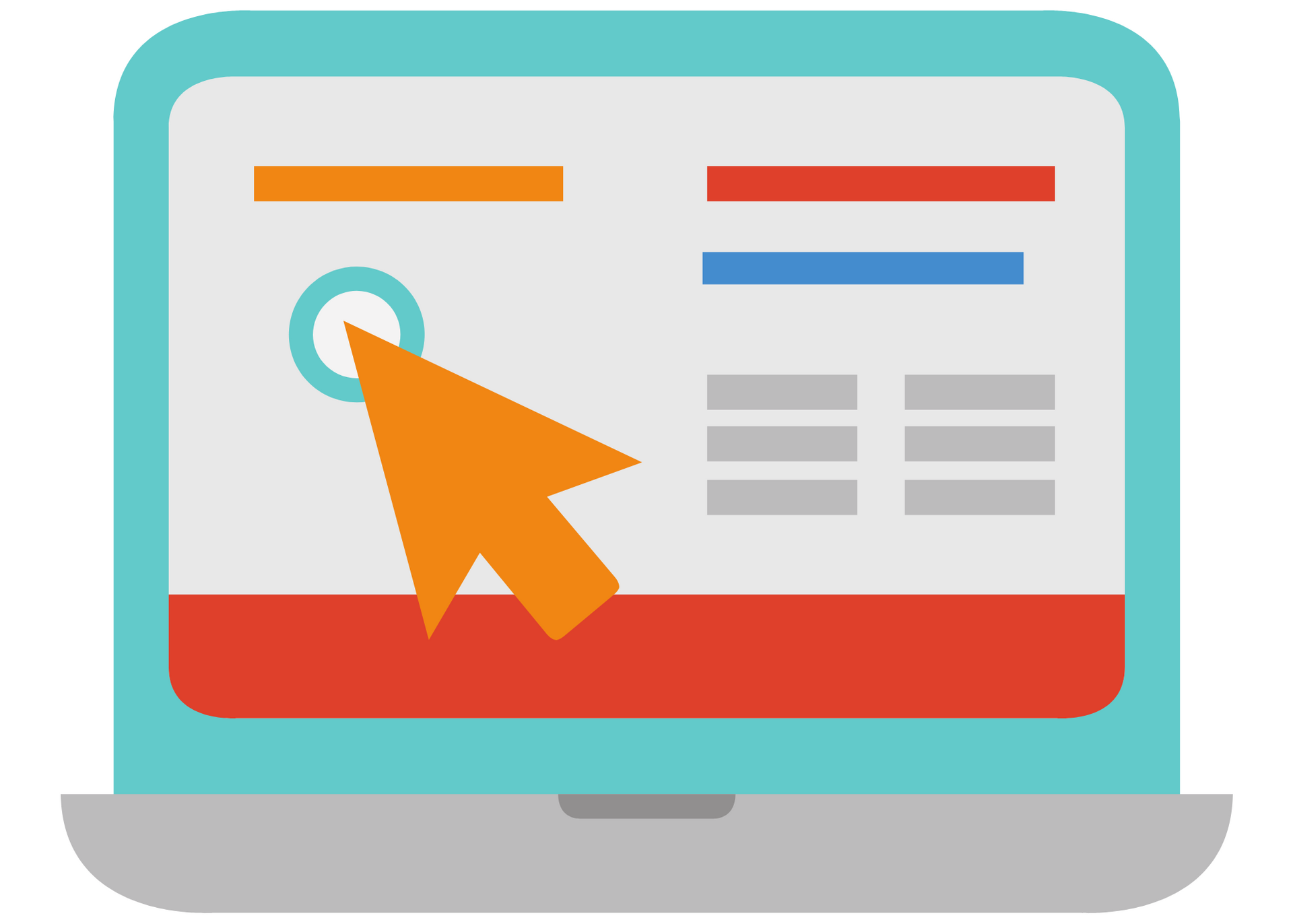7 Ways to Create Content for Both People and Search Engines
You’re ready to create some awesome content for your website and blog. You’re seeing a lot of suggestions about the user experience. And you're seeing many tips about search engine optimization. But not all these tips and suggestions are in accord.
So, should you create content that’s optimized for people or optimized for SEO?
Fortunately, you can (and should) do both. There are many ways you can optimize content for both people and search engines. In fact, creating content with both angles in mind leads to an overall better, more engaging, and higher-ranking result.

Pay Attention to Readability
Whether you’re creating content for your web pages, your blog, or a social media post, the first rule is to make it clear, concise, and readable.
People want content they can easily digest, and so do search engines. Google, and other search engines, use natural language processors to determine the complexity and relevance of the content they’re scanning. If your content is verbose, convoluted, or uses peculiar words, Google will not consider it “good” content.
Likewise, your readers don’t want to struggle through a piece of content—in fact, they won’t. If users find your content difficult to read and understand, they’ll stop reading and move on to something else.
Create your content using normal language, short sentences and paragraphs, and avoid stuffing your content with words because you think it will help with SEO. (It doesn’t, by the way—more on that later.)
Include Relatable References
People like reading content that’s engaging. And search engines like content that’s part of a larger picture and related to other entities. This is the world wide web, after all.
The type of content that works well for both people and search engines includes information not only on the topic you’re writing about but also things related to that topic.
For example: A piece written about the Indianapolis Colts’ current season could also include references to the unique architecture of the Colts’ stadium and information about downtown Indianapolis. This makes the content more interesting to the reader and increases your chances of ranking by way of a related search topic.
This is especially important for local business websites. Use your website’s content to demonstrate your connection to, and involvement with, your local community.
Use Images That Matter
Everyone knows that great images improve user engagement and click-through rate. But many people don’t realize that high-quality, relevant images will also boost search engine ranking.
While Google’s bots are crawling the words in your content and the structure of the page, they’re also extracting information about your images, including relevancy and subject matter.
Choose images that are helpful and to the point. Stock photos are okay, but be sure they’re actually related to the topic at hand and have appropriate captions and/or image titles.

Add Relevant Headings
This is really copywriting 101. Headings are an absolute must whenever you’re creating content that’s more than one paragraph long. But simply breaking up your words with a heading isn’t enough. Your headlines and subheaders should be descriptive and tell readers what to expect in the next section of text.
Search engines are also checking for headings in your text. Just like a person, Google’s bots look at your headings to determine what your content is about and if it’s likely to provide useful information.
Use Logical Formatting
Poorly formatted content is a pain. If there’s no natural flow, your readers won’t stick around. Same goes for search engine bots. If Google’s crawlers can’t follow your content or if the top-to-bottom arrangement of your content doesn’t make sense, they’ll assume it’s not useful and your ranking will suffer.
Effective formatting is pretty simple: Present your content in the order you want people to consume it and be logical with the order in which information is presented.
Keep it Current
Evergreen content can keep working for you long after it’s initially published. But not every piece of content can be evergreen; sometimes, your topics are related to the latest news or an evolving situation.
In those cases, it’s important you do a regular check of your content, making updates when needed, and unpublishing when appropriate.
Obviously, people don't want to read outdated content or information that’s no longer accurate. Search engines favor up-to-date content and content that’s evergreen, as well. Outdated content will be considered unhelpful and will, therefore, rank lower.
Focus on Quality, Not Quantity
The prevailing idea is that optimized content needs to reach a minimum wordcount. But time and time again, Google has said this is just not true.
Content that’s relevant, easy to read, and useful is favored by search engines. But content that’s 1,200 rambling words, hard to understand, and stuffed full of keywords? Not so much.
The best way to optimize your content for search engines and people is to create engaging, easy-to-read, helpful copy, use relevant images, and format your content in a natural flow.
Get the Latest Content in Your Inbox
Want to be the first to know about new content? Sign up to get our weekly blog posts sent to your email!





